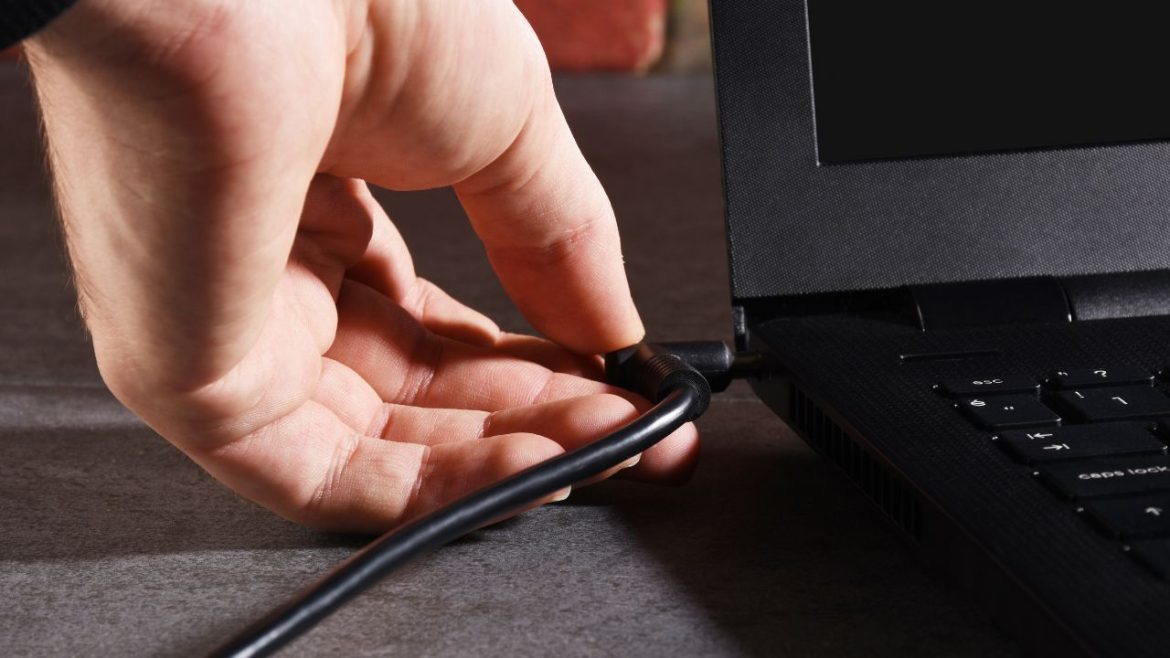Laptops have become some of the most valuable tools for daily and professional life and have evolved immensely in terms of power and design.
One such advancement that’s been very exciting recently is fast charging technology, which allows us to cut down laptop charging times hugely. But, as always, with technology, fast charging is not perfect. To get a fast-charging battery for your laptop, you must get an Original HP Battery.
In this article, we answer how fast charging works, why it matters, and how it influences the battery life of your laptop.
How Fast Charging Technology Works?
Fast charging technology enables batteries to charge at higher power outputs compared to traditional chargers by using intelligent power management systems that adjust power delivery dynamically. Specialized charging circuits, higher wattage adapters, and advanced battery management systems, all of which deal with higher currents, allow this.
Laptops are furnished with advanced thermal management systems and high-quality lithium-ion batteries to stop overheating or burning. In addition, power management algorithms are used to observe the charging process and to optimize performance whilst keeping the battery protected from damage that could be caused by higher voltages.
Stages of Rapid Charging
The process of fast charging typically involves two stages:
- High-Speed Charging Phase: In the first phase, the battery is charged very quickly, from about zero to maybe fifty or seventy percent of capacity within a time frame. In this stage, the charging speed is insanely higher. Hence, users can detect a huge boost in battery levels during the first charging hour.
- Tapering Phase: When the battery reaches a certain level, it slows charging down so it doesn’t overheat or overcharge. High voltage is fragile to lithium-ion batteries as they’re getting close to full capacity. Slowing down the charging process helps ensure battery longevity and safety.
Convenience of Speedy Charging in Laptop Devices
Fast charging technology offers several benefits to users, particularly those who rely on their laptops for productivity on the go. These benefits include:
- Reduced Downtime: Fast charging significantly reduces downtime, allowing laptops to charge within an hour or less. This keeps users mobile, minimizing reliance on stationary power sources for prolonged periods.
- Improved Productivity: Fast charging enhances productivity in professional environments, especially during remote work or travel. With quick charging, you’re not really held back by the battery when completing crucial tasks.
- Portability and Convenience: Fast charging systems are compact and lightweight, making them easy to carry. The shorter charging process further reduces the need for bulky chargers and constant access to outlets.
The Impact on Battery Life
The benefits of fast charging are clear, but those pitching the concept are wary about what it does to battery health and durability in the long run. The main problem here is that over time and charge cycles, the chemistry of li-ion batteries degrades. The major elements that influence the battery health and longevity in terms of rapid charging involve:
Heat Generation
Battery failure is often the result of battery degradation. Slow charging is not as efficient as fast charging methods, but it can minimize the amount of heat generation and hence provide a faster boost in battery life than the fast charging methods could generate more heat than the slow ones. Repeated exposure to high temperatures over time can reduce the battery capacity, lowering battery runtime on a full charge.
Charging Cycles
Typical Li-ion batteries have a decently specified number of charging cycles that can happen (around three hundred to five hundred full cycles). A charging cycle is used to charge the battery from zero to one hundred percent. While fast charging doesn’t mean more cycles, regular usage can decrease its life span.
Voltage Sensitivity
Batteries are subjected to higher voltages during the fast charging process. While manufacturers have built safeguards into their systems to prevent overcharging, consistently charging at higher voltages can strain the battery cells, reducing capacity over time.
Mitigating the Negative Aftermath on Battery Life
To protect battery life, manufacturers have implemented thermal management systems and optimized charging algorithms for fast charging. When fast charging isn’t needed, some laptops allow you to disable fast charging.
Avoiding extreme temperatures, keeping the charge level between twenty and eighty percent to avoid the charge cycle, and a slightly depleted charge limit avoids battery wear, and using fast charge sparingly extends the battery lifespan. These measures make fast charging viable without damaging one’s battery life.
Conclusion
With fast charging technology, laptops make charging faster and more convenient, providing a battery life boost while on the go for better convenience and productivity. It’s worth considering, though, in terms of battery life.
Although modern laptops are made to charge very quickly, over time, you must use them thoughtfully. From understanding fast charging mechanics to adopting best practices, users can get the most out of fast charging benefits – while avoiding unnecessary risks to battery longevity.

